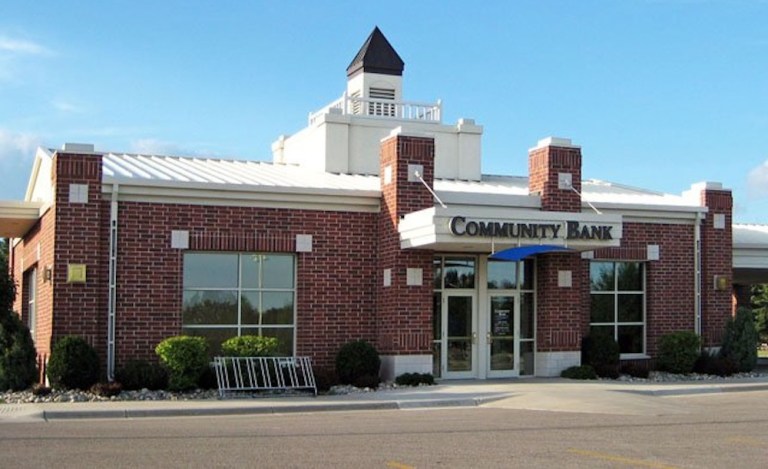
The Dodd-Frank Wall Street and Consumer Protection Act was supposed to prevent another 2008 banking meltdown — and solve the problem of “too big to fail.” But as it was in the process of being put into place, small banks and credit unions found themselves subject to the same regulations — and the results of that have been notable and troubling.
Since the passage of Dodd-Frank, over 1,700 U.S. banks have disappeared. And those losses are felt, since small banks and credit unions with less than $10 billion in assets provide 48 percent of small business loans, 16 percent of residential mortgages, 44 percent of loans to purchase farmland, 43 percent of farm operations lending, and 35 percent of commercial real estate loans.
And those banks are going out of business — or merging with bigger players — largely due to the complexity and cost of compliance. The St. Louis Fed estimated that community banks pay an estimated $4.5 billion annually in compliance costs. Alan Novotny, CEO of New Orleans-based Eustis Mortgage Co., said that before Dodd-Frank “it cost $2,000 to produce a loan. Now it costs $4,000.”
But, as of Friday, smaller banks might be seeing some small amount of relief.
Beginning with first-quarter reporting, banks with less than $1 billion in total assets can opt into the FFIEC 051 Call Report — a less demanding set of reporting rules regarding banks’ condition and income. The move will reportedly reduce 40 percent of the 2,400 data points banks must provide to regulators every quarter. That will affect a lot of U.S. banks — of the almost 6,000 U.S. banking institutions, almost 4,800 hold less than $1 billion in total assets.
The Federal Reserve’s Daniel K. Tarullo noted of the rule change, “[It is important] to differentiate prudential regulation and supervision based on the varying nature of the risks posed by different groups of banks.”